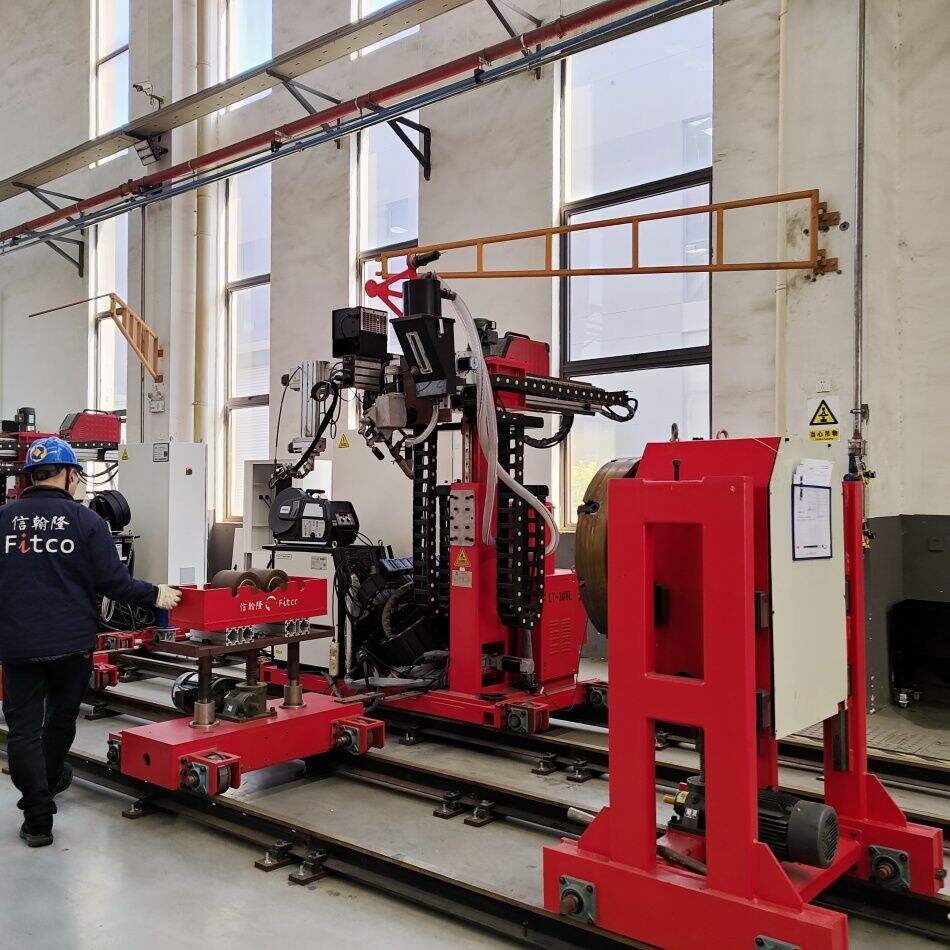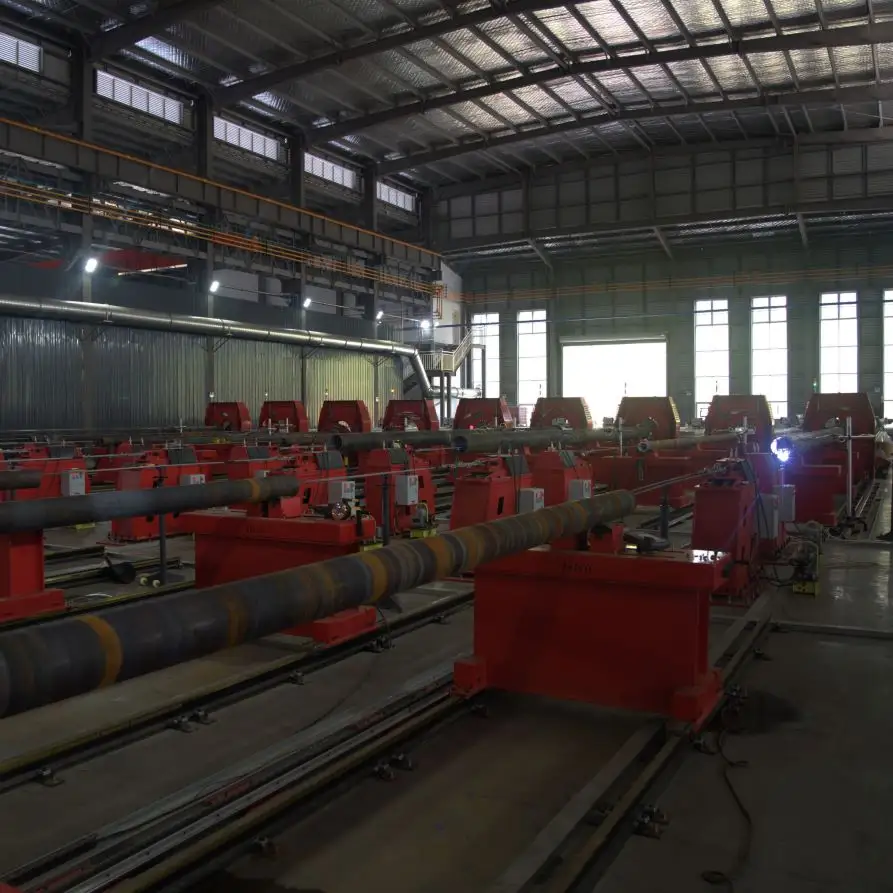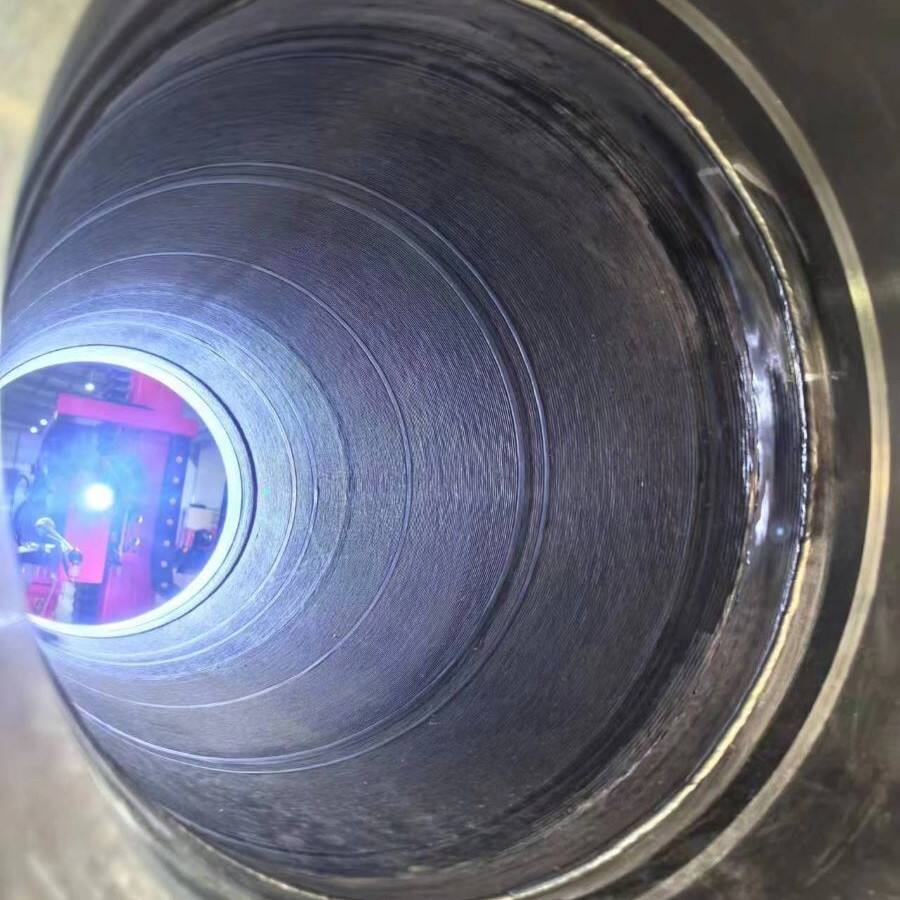gas metal arc welding machine
Gas Metal Arc Welding (GMAW) machines represent a cornerstone of modern welding technology, offering precision and versatility in metal joining operations. These sophisticated devices operate by creating an electric arc between a consumable wire electrode and the workpiece, while simultaneously delivering a shielding gas to protect the weld pool from atmospheric contamination. The machine consists of several key components including a power source, wire feed system, welding gun, and gas delivery mechanism. The power source converts standard electrical input into suitable welding power, typically ranging from 100 to 400 amps, while maintaining stable arc characteristics. The wire feed system precisely controls the delivery rate of the electrode wire, ensuring consistent weld quality. Modern GMAW machines feature advanced digital controls that allow operators to fine-tune parameters such as voltage, wire feed speed, and gas flow rate. These machines can handle a wide range of materials including mild steel, stainless steel, aluminum, and various alloys, making them indispensable in industries from automotive manufacturing to construction. The technology incorporates sophisticated monitoring systems that provide real-time feedback on welding parameters, helping maintain optimal performance and weld quality.

 EN
EN
 AR
AR BG
BG HR
HR CS
CS DA
DA NL
NL FI
FI FR
FR DE
DE EL
EL HI
HI IT
IT JA
JA KO
KO NO
NO PL
PL PT
PT RO
RO RU
RU ES
ES SV
SV TL
TL IW
IW ID
ID LT
LT UK
UK SQ
SQ HU
HU TH
TH TR
TR FA
FA AF
AF CY
CY MK
MK LA
LA MN
MN KK
KK UZ
UZ KY
KY





